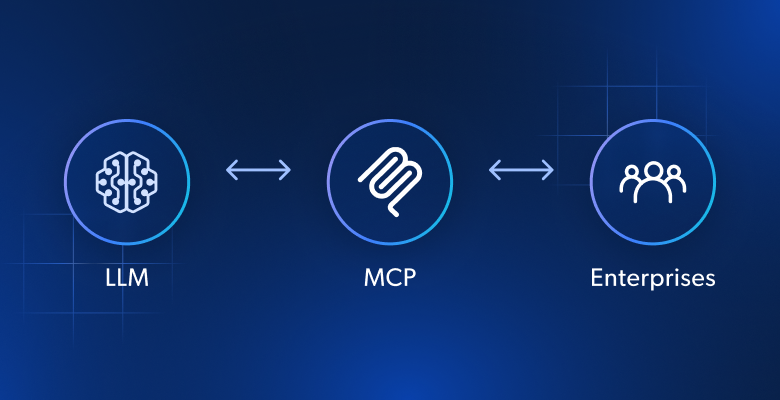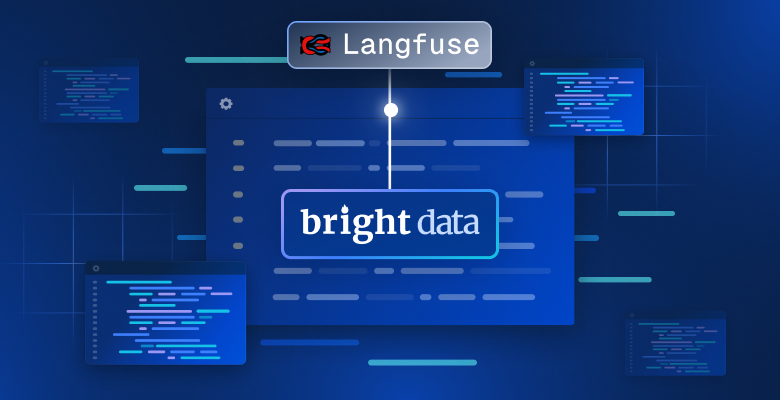In this article we will talk about brand protection on social media and we will explore the different components included and understand the cybersecurity risks we might encounter.
Quick Takeaways
In a hurry? Read the quick takeaways of the article to keep your brand protected:
- Strategic Brand Protection on Social Media: Brand protection is crucial for maintaining your brand’s integrity online. It involves monitoring digital conversations, engaging with your community positively, and implementing stringent cybersecurity measures to combat cybercriminal activities and safeguard your digital identity.
- Navigating Cybersecurity Threats: Cybercriminals exploit social media’s vast reach and privacy features to conduct illicit activities. Brands must adapt by enhancing digital surveillance, understanding the importance of legal enforcement, and employing advanced security protocols to protect their online presence.
- Proactive Measures Against Brand Infringement: Employing proactive tactics like ongoing web data collection, securing all relevant social handles, and protecting corporate hashtags are vital for mitigating brand dilution. These strategies help maintain sales, improve search visibility, and increase social engagement, ensuring your brand’s reputation remains untarnished.
What Is Social Media Brand Protection?
Social media brand protection is an essential strategy for safeguarding your brand’s digital identity and reputation. It’s about ensuring the authenticity and integrity of your brand across social networks, where your audience actively engages and forms perceptions. This strategic framework not only addresses potential threats but also leverages opportunities to strengthen your brand’s position.
| Component | Strategic Actions and Objectives |
|---|---|
| Digital Surveillance | Proactively monitor digital conversations and brand mentions. Identify unauthorized use of trademarks, detect counterfeit activities, and spot malicious impersonation to maintain your brand’s integrity. |
| Engagement and Advocacy | Foster positive community interactions and brand loyalty through responsive and engaging communication. Encourage and guide employees to responsibly promote and defend the brand, amplifying its positive image. |
| Cybersecurity Measures | Implement advanced security protocols to safeguard your brand’s social accounts. Regularly update passwords, employ two-factor authentication, and educate your team on recognizing phishing attempts to prevent breaches. |
| Intellectual Property Enforcement | Vigilantly protect your copyrights and trademarks by taking decisive legal actions against violations. Utilize cease-and-desist orders, platform reporting mechanisms, and, if necessary, litigation to defend your brand’s assets. |
| Reputation Management | Actively manage your brand’s online reputation by addressing negative feedback constructively and highlighting positive testimonials. Employ sentiment analysis tools for a deeper understanding of public perception. |
| Content Verification | Ensure the accuracy and authenticity of content associated with your brand. Establish a verification process for information dissemination to prevent misinformation and maintain trust with your audience. |
Incorporating these nuanced elements into your social media brand protection strategy enhances your ability to navigate the complexities of digital branding. By extending beyond traditional monitoring and legal defenses, this enriched approach emphasizes the importance of engaging with your community, securing your digital assets, and managing your online reputation proactively. It’s a dynamic and integrated effort to protect, promote, and elevate your brand in the digital ecosystem, ensuring it thrives amidst the challenges and opportunities of social media.
Navigating the Rise of Cybercriminal Activities on Social Media
The digital landscape has become a double-edged sword for brands, offering unparalleled engagement opportunities while exposing them to new forms of Intellectual Property (IP) infringements and brand abuse. This section delves into the key factors driving cybercriminals toward social media, highlighting the ongoing battle for brand protection and offering insight into effective defense strategies.
The Hardball Game of eCommerce Marketplaces
eCommerce platforms have tightened their defenses against brand infringement, forcing counterfeiters to seek new havens. Initiatives like Alibaba’s Anti-Counterfeiting Alliance, Amazon’s Brand Registry, and eBay’s Verified Rights Owner Program (VeRO) have significantly deterred fraudulent activities by enhancing brand owners’ control and providing tools to fight counterfeiting. Despite these efforts, the battle against IP infringement continues, pushing cybercriminals to exploit less regulated spaces—social media.
Social Media as the New Frontier for Brand Infringement
Fraudsters adeptly navigate through the gaps left by stringent eCommerce marketplace regulations, utilizing social media in two primary ways:
- Preliminary Engagement: By overtly using brand names and logos, they create initial consumer engagement on social media, later funneling potential customers to marketplace-based stores where branding violations are minimized.
- Direct Sales via Social Features: Platforms like Pinterest, with app-native sales features, allow transactions to be completed without ever visiting a third-party marketplace, circumventing traditional IP protection mechanisms.
The Shield of Anonymity and the Challenge of Secret Groups
Privacy regulations and platform features that favor user anonymity and the creation of secret groups pose significant challenges for brand protection:
- User Anonymity: Many social media platforms allow users to create accounts without verifiable identities, making it easy for counterfeiters to operate under the radar.
- Secret/Closed Groups: Invitation-only groups provide a secure environment for counterfeiters to trade and share information away from the prying eyes of brand protection efforts.
- Account Whitewashing: The tactic of systematically opening, building, and closing accounts complicates tracking and enforcement efforts, allowing counterfeiters to maintain a presence on social media without detection.
Strengthening Brand Protection on Social Media
Brands must adopt a multifaceted approach to safeguard their digital presence:
- Enhanced Monitoring: Invest in tools and services that offer comprehensive social media surveillance to detect infringement early.
- Consumer Education: Inform your audience about how to identify genuine brand communications and products.
- Legal and Security Measures: Update security protocols for social accounts and pursue legal actions where necessary, utilizing platform reporting mechanisms to take down infringing content.
How Brands Can Practically Combat Malicious Activity on Social Media?
Instead of succumbing to a feeling of helplessness, brands can and should be proactive as far as protecting their Intellectual Property, and consumer reputation over social media. Here are practical tactics to mitigate the negative impact of brand dilution over social media:
Tactic #1: Ongoing Web Data Collection
In the wild west scenario corporations currently find themselves in, many companies have no choice but to monitor and police platforms independently. In this context brands can use data collection tools in order to scan all major social media networks and search engines for:
- Brand mentions
- Product mentions
- Proprietary content (articles, logos, images, graphics, music etc)
- Organic, non-owned keywords, and long tail keywords which are used very often by your customer base and may be manipulated
- Fake social profiles and pages which appear in search results
- Infringements of brand owned hashtags
- Variations of brand-owned social handles
Monitoring is the first step, now your legal team can submit requests to have harmful content and profiles banned, shut down, and even take further legal action where deemed necessary.
Pro tip: All major social media platforms have easy-to-use online ‘copyright and trademark violations’ reporting system. It is a best practice to collect the infringing data including posts, images from counterfeit accounts etc. Once you have this, you can immediately report them and in most cases, have those accounts taken down in less than 24 hours.
Tactic #2: Acquiring All Relevant Social Handles
Most social media platforms have a handle which is your brand’s account name and how it presents itself to users – a good example of this might be @adidas. An important thing to keep in mind is that handles are free and unlimited which is why it is a best practice for companies to register themselves for as many variations of their publicly traded name as possible. For example a fashion house called Tara’s Boutique may want to acquire:
- @Tara
- @TaraBoutique
- @TaraFashionTrends
- @TF2021
This can be an especially effective tactic for brands before they launch or even before launching a new product line. This can also be effective for existing brands who may currently have imposters but by identifying similar handles, they can essentially cross them off their list of items to worry about.
Tactic #3: Protect Corporate Hashtags
Hashtags ‘#’ formerly known as the ‘pound sign’ have been recycled by social media channels to help group, and display related/trending content as well as proper platform search terms. Hashtags are actually eligible for protection through the US Patent and Trademark Office. In this instance though you need to familiarize yourself with the legal minutia as a hashtag can only be trademarked if it is the source/core product or service identifier. One cannot ‘reserve’ popular, albeit general keywords for one’s exclusive benefit and use.
- Here is an example of a hashtag which cannot be trademarked: ‘#RunningShoes’
- Here is an example of a trademark which can be trademarked: ‘#RunForAfrica’
The core difference is that the former is a general product description which can be used by any sports shoes retailer. Whereas the latter is part of a larger marketing campaign which includes this slogan and is unique to a company-specific campaign.
Be sure to run a ‘clearance search’ to ensure that this hashtag is indeed free for use. This is a very good preemptive tactic to ensure that any of a number of campaigns which you have invested considerable sums in promoting remain within your domain of control.
Summing It Up
Protecting your digital assets is becoming a growing necessity as more and more activity migrates online. Social media is an especially challenging place for corporations to maintain clear Intellectual Property boundaries. But companies must remember that with a clear, and consistent social IP strategy they can protect their profit margins and brand reputation. Here are 3 indicators to keep an eye on when trying to determine if your strategy is successful:
#1: Uptick in sales – Many brands’ sales suffer due to knockoffs and counterfeits. When a large majority of these unwanted ‘competitors’ are removed from the equation, companies may see a resurgence in sales from ‘rogue’ customers.
#2: Increased search result visibility – In certain cases, an imposters social media account or page may rank higher than the original brand’s social accounts, diverting crucial traffic. When such accounts are identified and removed the ‘real’ brand’s social pages may enjoy higher search engine rankings, and Click-Through Rates (CTRs).
#3: Increased social engagement – By this same token, when imposter accounts and pages are removed your brands’ pages, accounts, and advertising campaigns should enjoy a higher level of engagement, clicks, and conversions.






